Electromechanical Designer ROBOTS-XXI
Analyzing the rubble in the garage, I found my old designer with whom I enjoyed playing as a child. This designer began to be produced in 1986, my copy was released in 1990. It was produced in the Latvian SSR by the production association Straume . Apparently it closed in 1992.
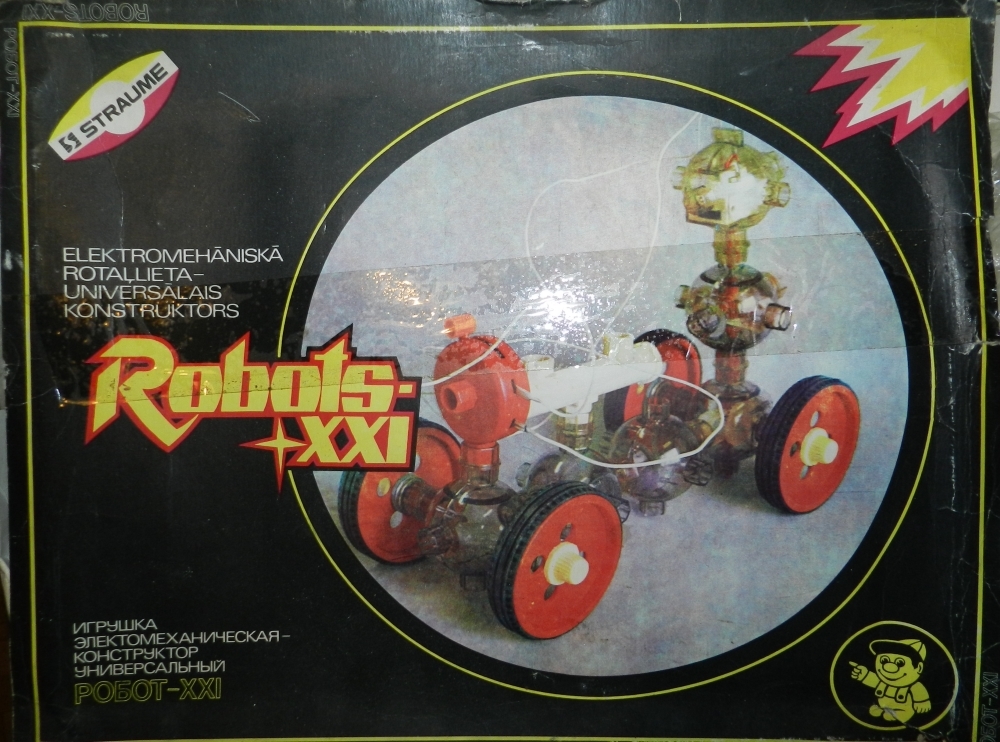
These are the details we see by removing the cover of the
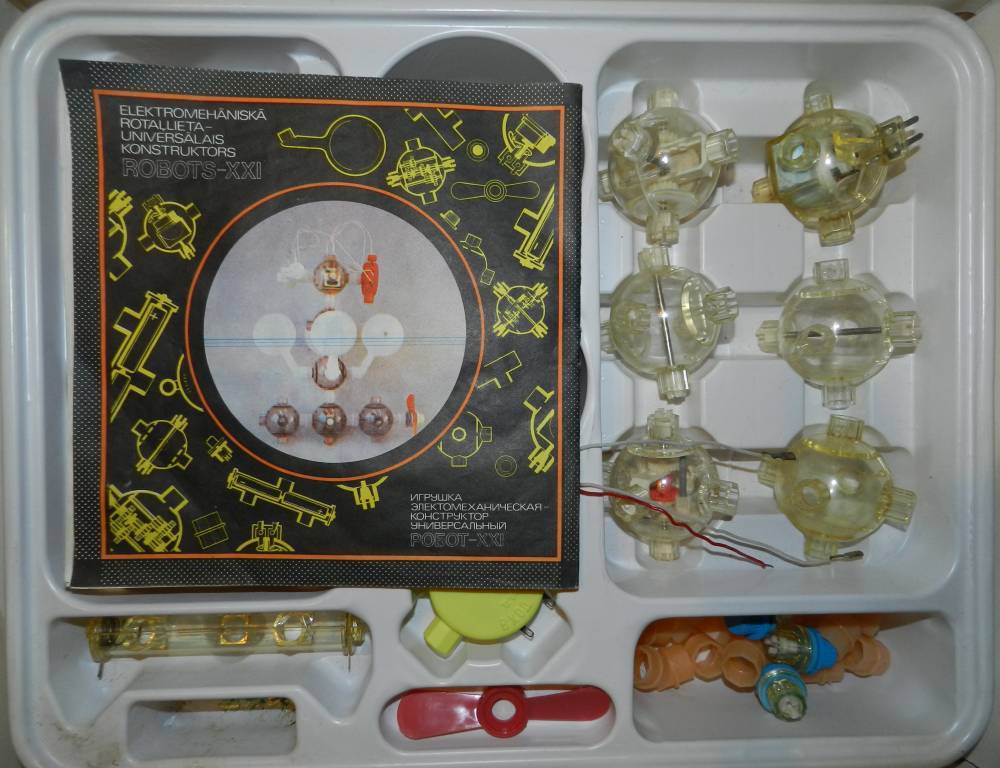
main control panel. can manage back and forth, has 4 pins, plus or minus on the input from the battery pack and plus or minus on the output to the engine. The control unit, the motor and the battery unit are connected by wiring to the terminals, which initially teaches the basics of electrical engineering.
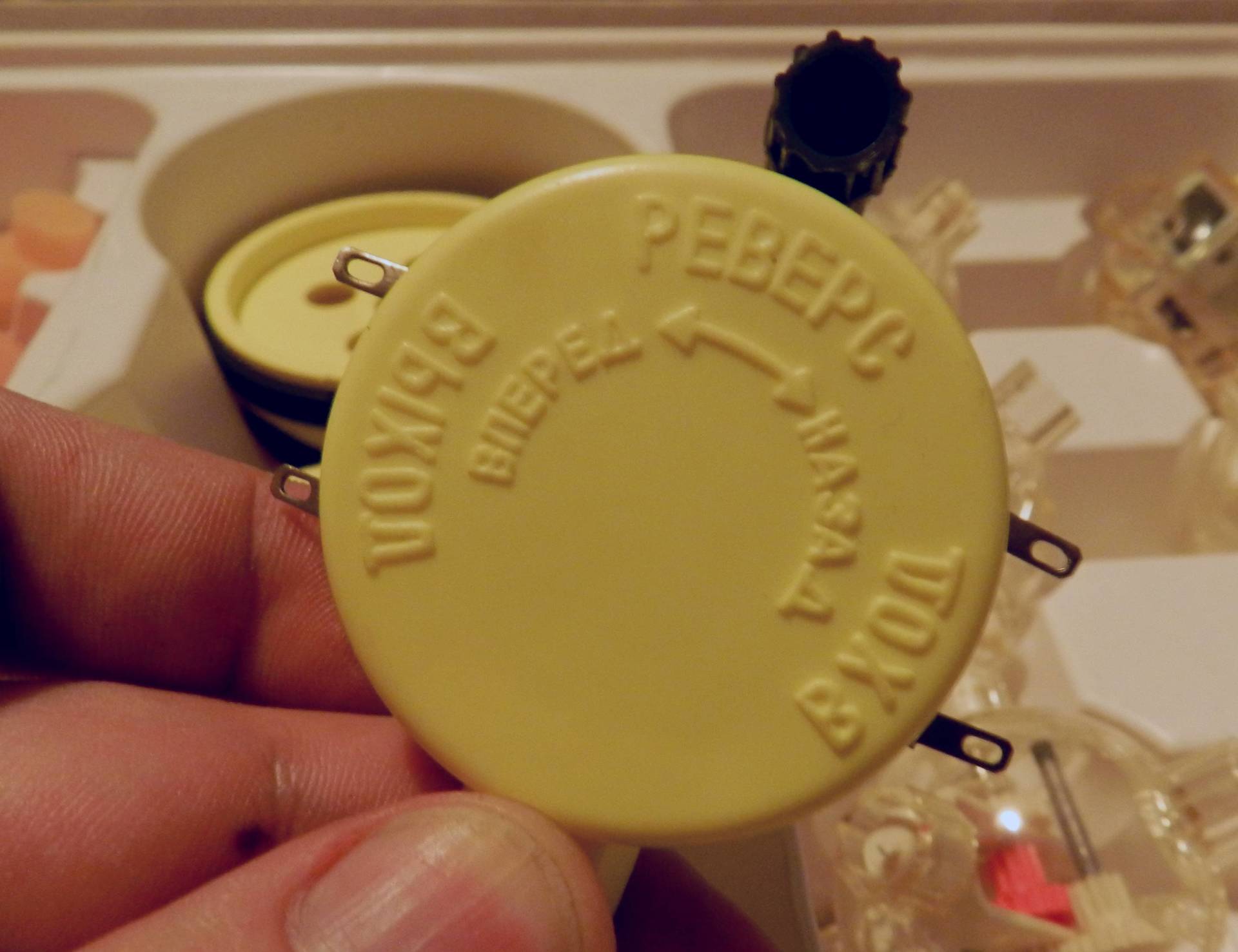
Engine
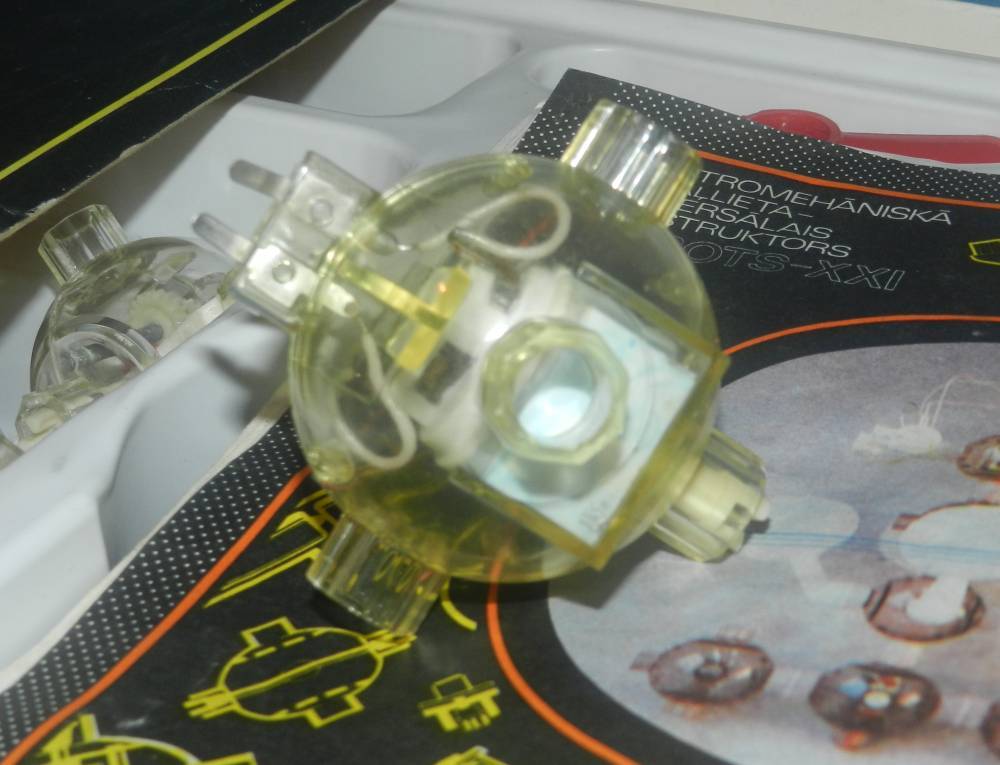
Battery pack, under two AA-size batteries, in the instructions indicated as A316, but with a voltage of 4.5 V, where I’d like to find these now, I honestly don’t know, but I’m not sure about that later.

Next, we turn to the mechanics, everything is actually much more interesting, all the parts are ball-shaped and made of transparent plastic, so the young designer can clearly see how the mechanisms work, in the designer they are represented by three types of
gearbox
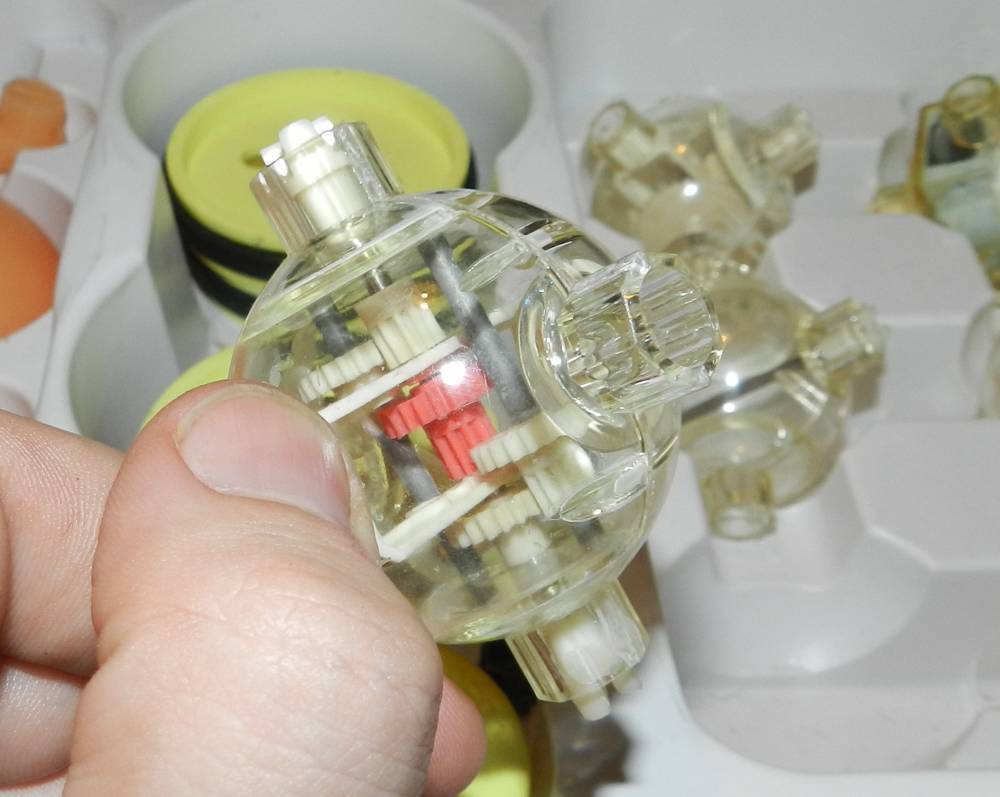
Transmission shaft
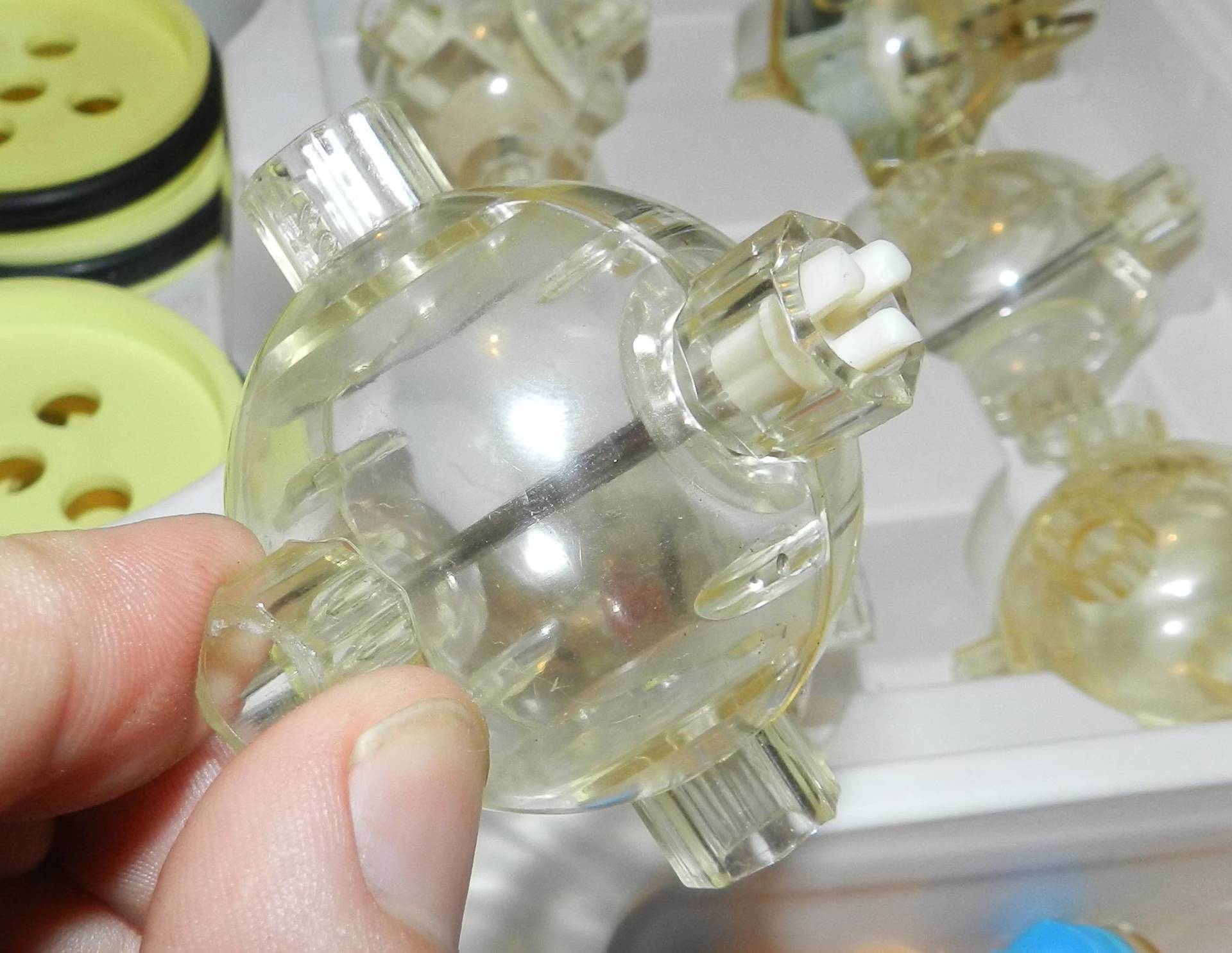
Differential
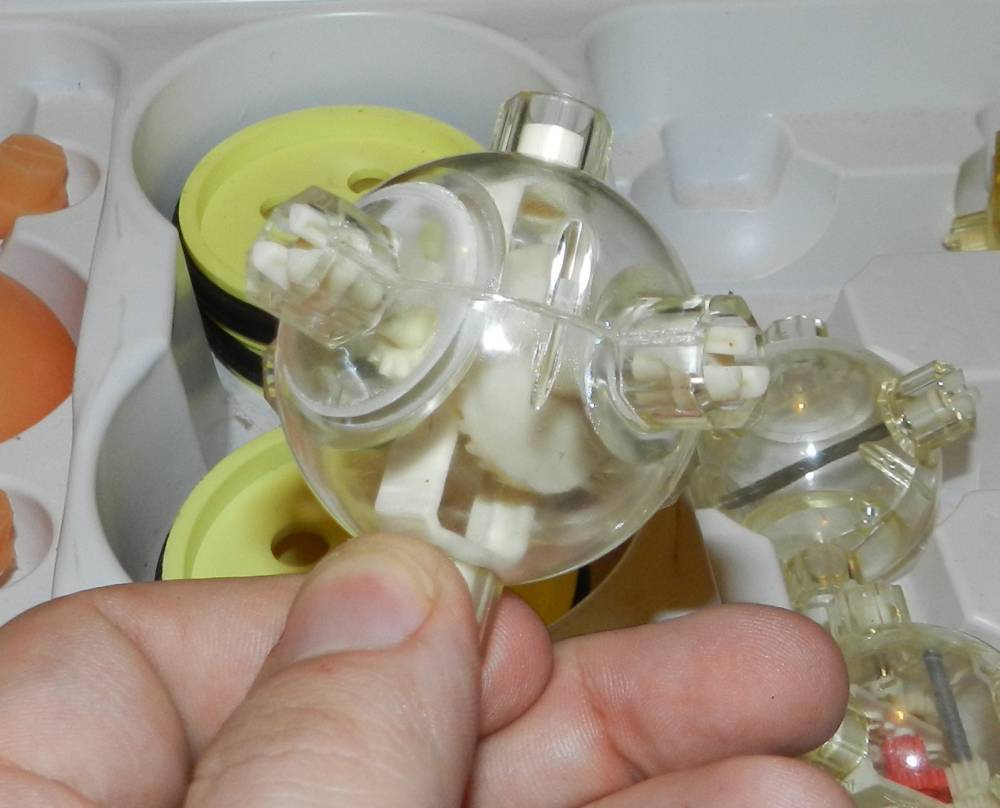
blocks with each other are connected by a hexagonal connectors

wheels are attached via hubs
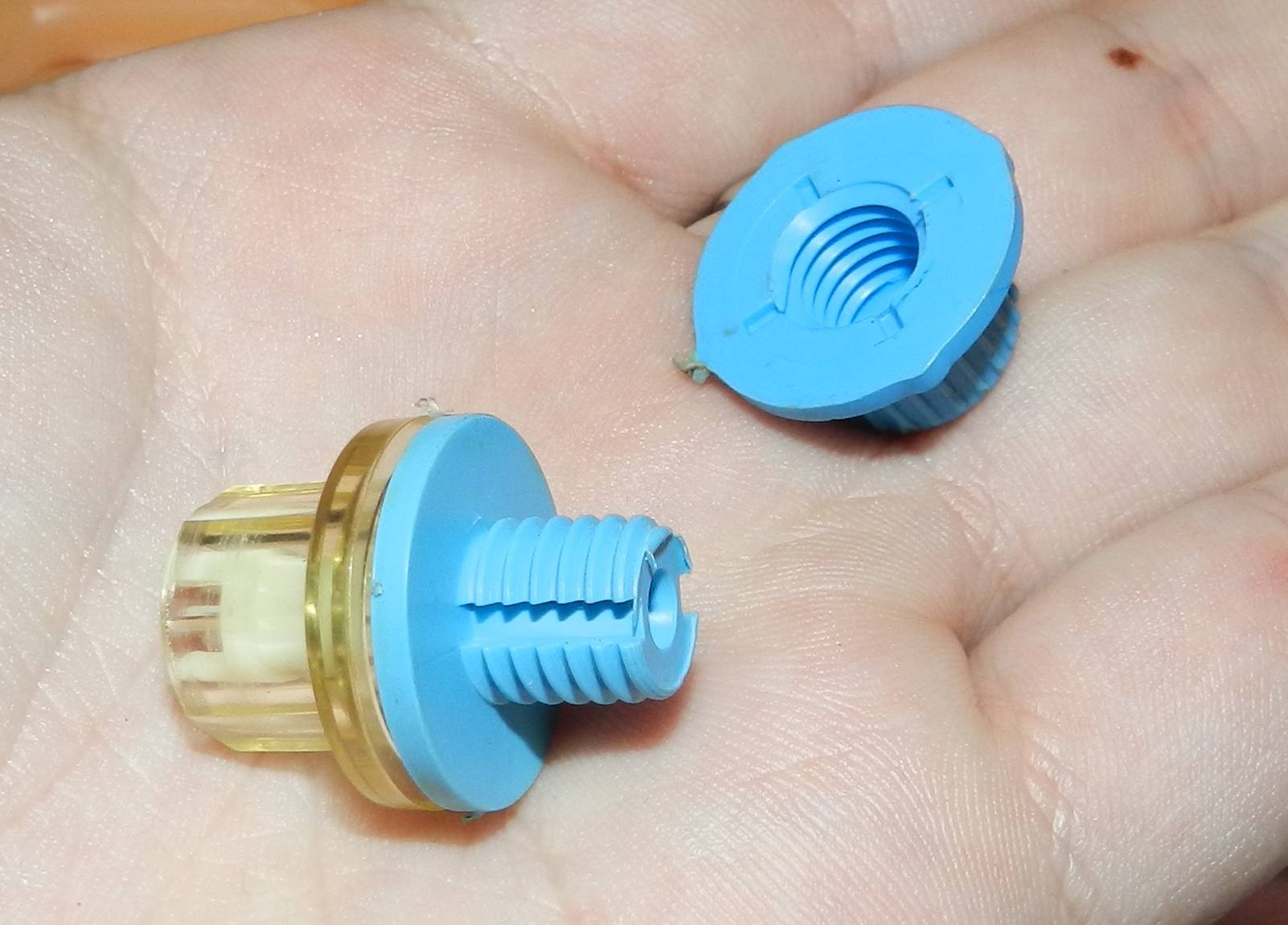
Here is the wheel itself
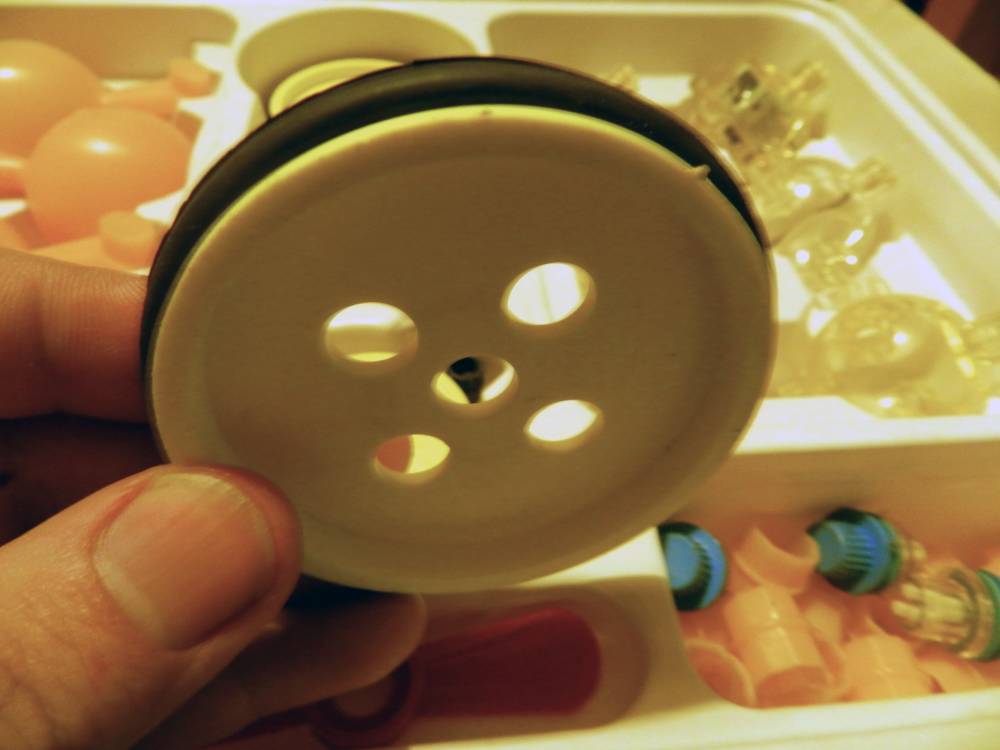
Unfortunately one hub has been lost, so that the four-wheel collect will not work, but we have an excellent propeller
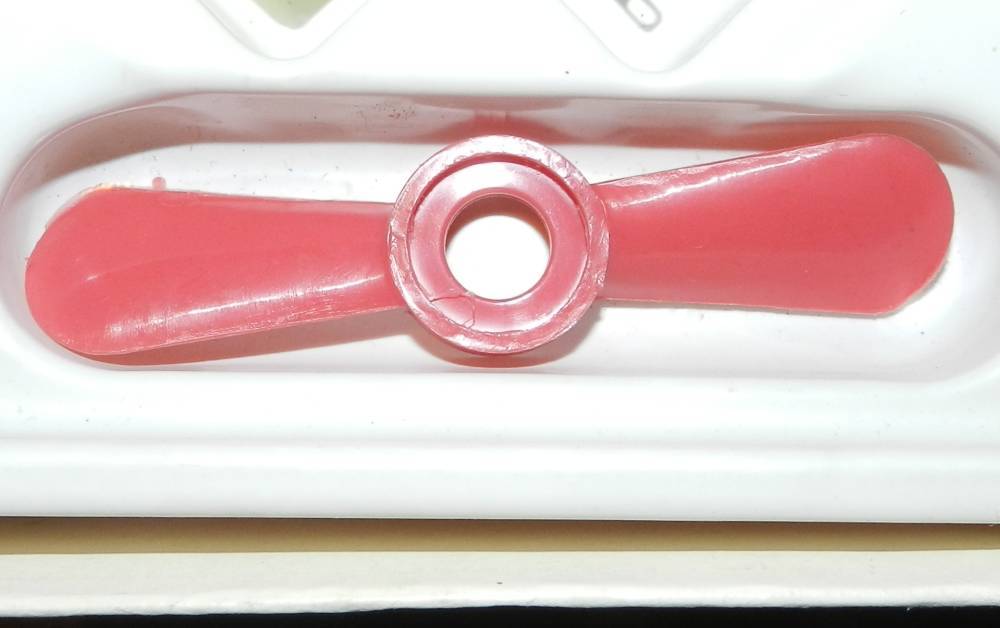
and floats
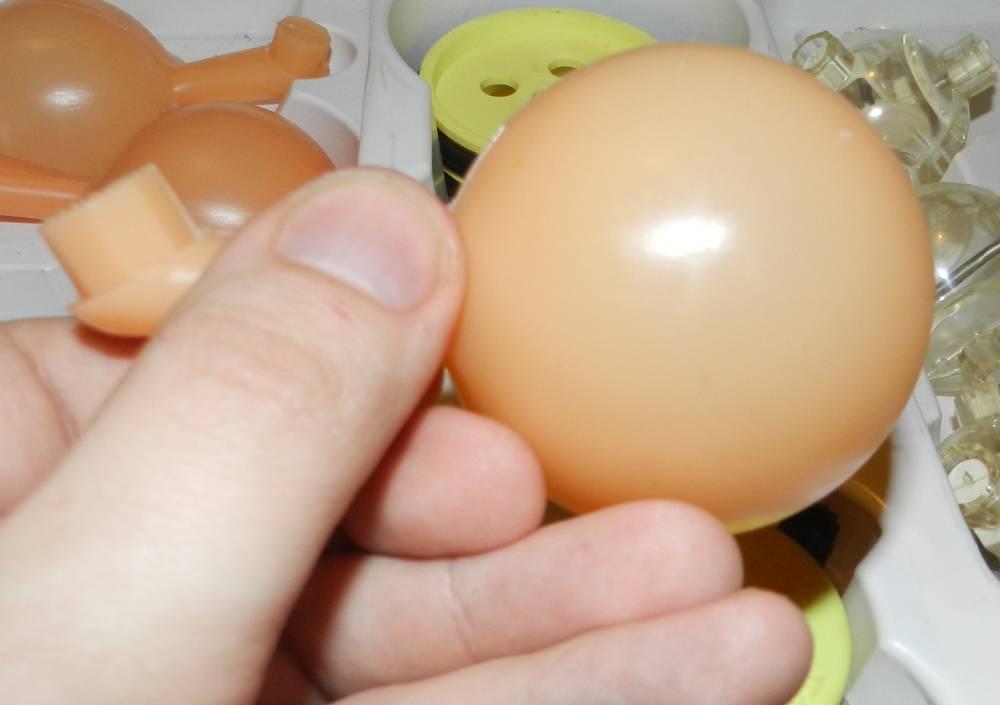
so it is possible to collect anything waterfowl
Now, about sad things, as I already said, 9 V is required for power supply, the engine did not start up from two finger batteries, but the problem does not seem to be that, it didn’t work from the crown either. Apparently due to the fact that he had lain for nearly 20 years in an unheated garage, some of the details oxidized and became unusable, so there will be no demonstration of work today, I promise to show everything a little later when I restore it. Lastly I will leave a few examples from the instructions that can be collected from it.
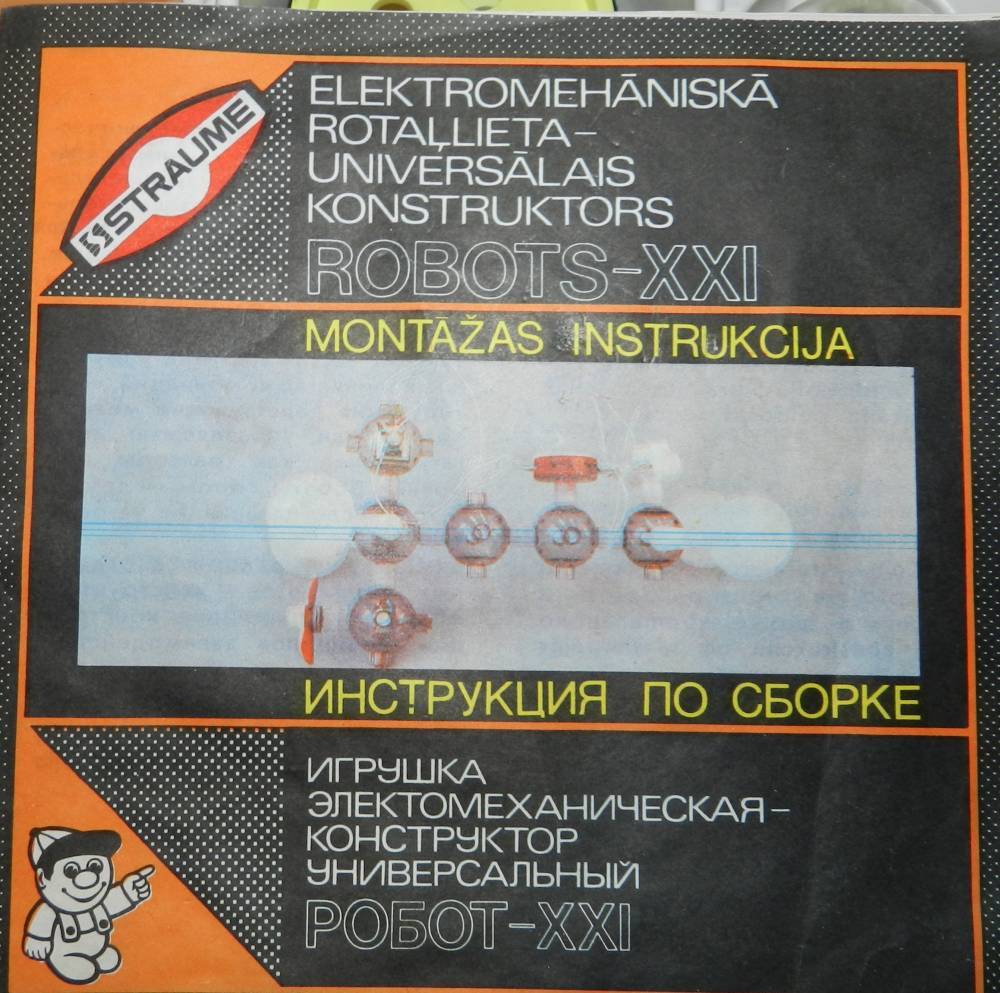
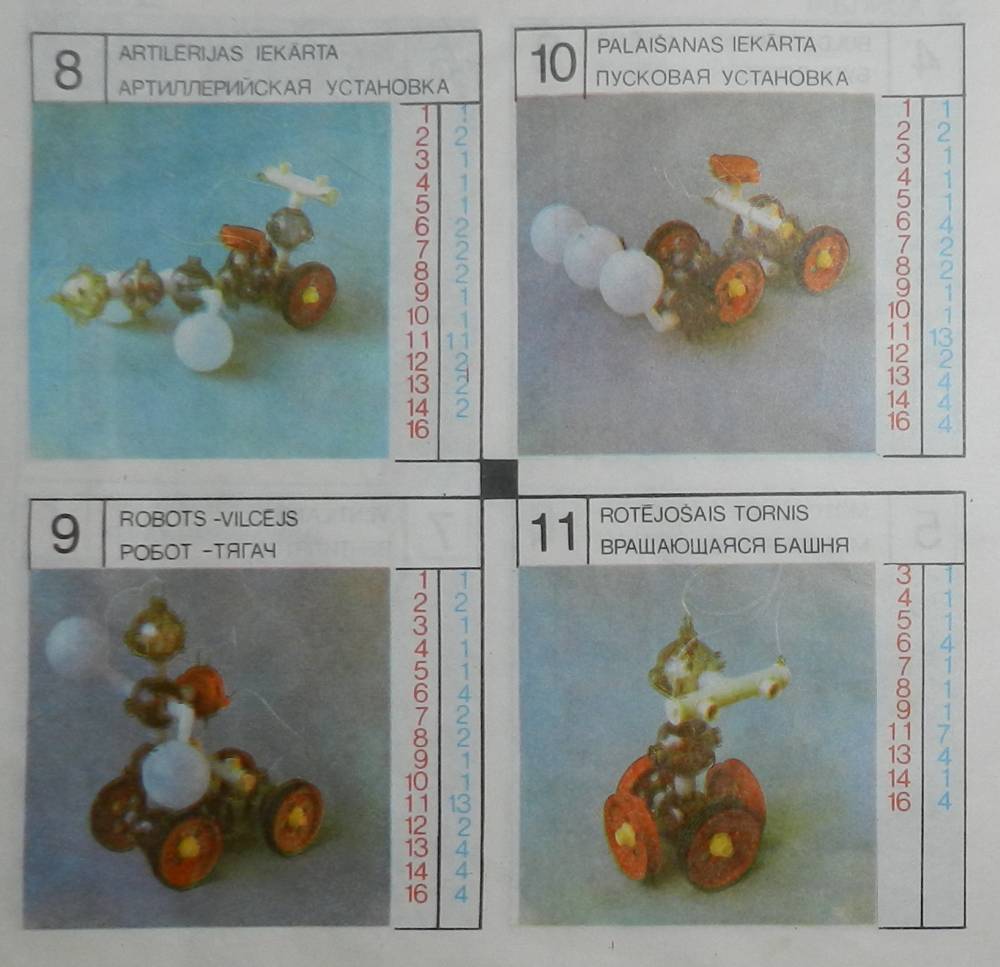
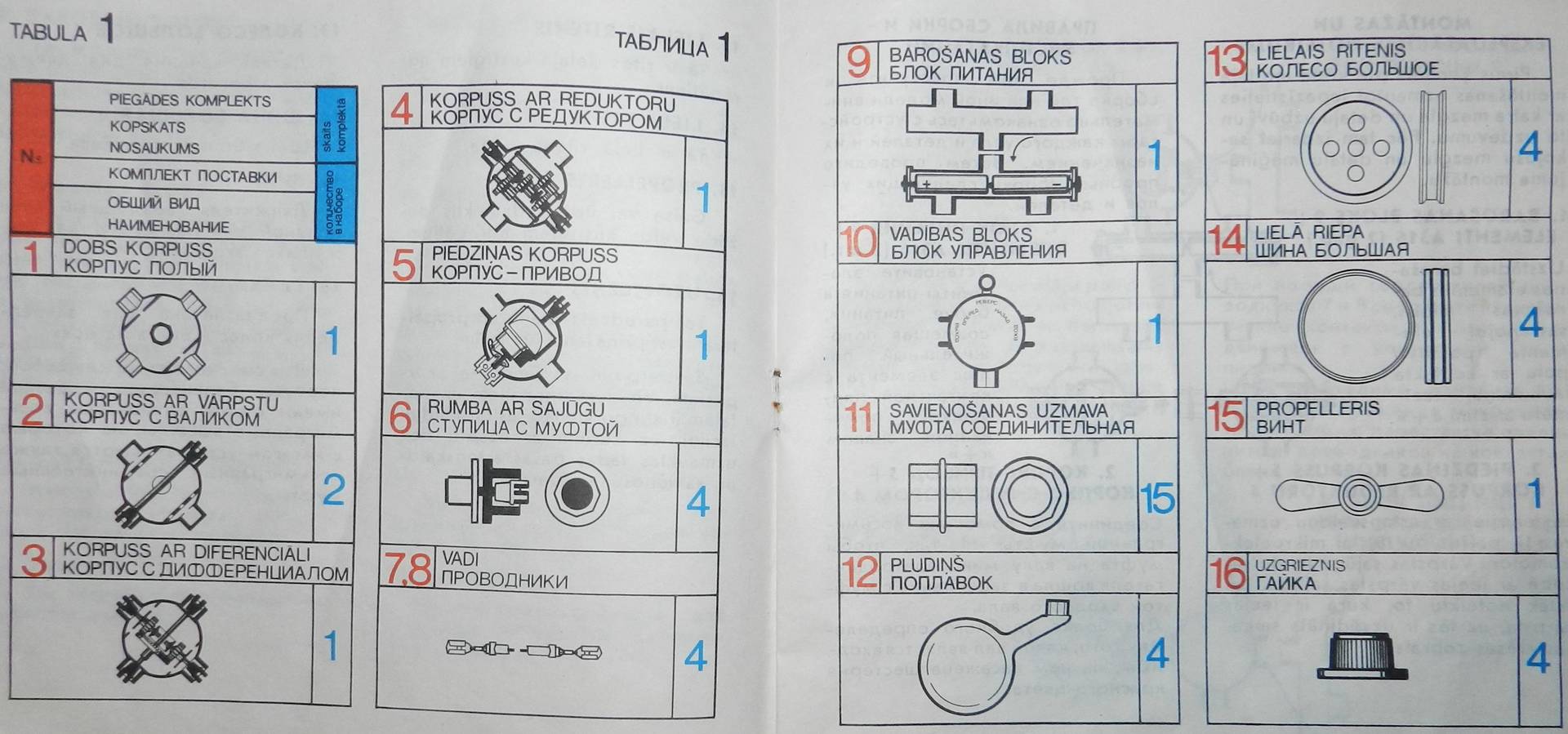

These are the details we see by removing the cover of the

main control panel. can manage back and forth, has 4 pins, plus or minus on the input from the battery pack and plus or minus on the output to the engine. The control unit, the motor and the battery unit are connected by wiring to the terminals, which initially teaches the basics of electrical engineering.

Engine

Battery pack, under two AA-size batteries, in the instructions indicated as A316, but with a voltage of 4.5 V, where I’d like to find these now, I honestly don’t know, but I’m not sure about that later.

Next, we turn to the mechanics, everything is actually much more interesting, all the parts are ball-shaped and made of transparent plastic, so the young designer can clearly see how the mechanisms work, in the designer they are represented by three types of
gearbox

Transmission shaft

Differential

blocks with each other are connected by a hexagonal connectors

wheels are attached via hubs

Here is the wheel itself

Unfortunately one hub has been lost, so that the four-wheel collect will not work, but we have an excellent propeller

and floats

so it is possible to collect anything waterfowl
Now, about sad things, as I already said, 9 V is required for power supply, the engine did not start up from two finger batteries, but the problem does not seem to be that, it didn’t work from the crown either. Apparently due to the fact that he had lain for nearly 20 years in an unheated garage, some of the details oxidized and became unusable, so there will be no demonstration of work today, I promise to show everything a little later when I restore it. Lastly I will leave a few examples from the instructions that can be collected from it.



